How exciting! If you are reading this blog post, that means you are either an organist who already plays the pedals, a newcomer who is interested in playing the pedals, or perhaps you are just interested in the organ! Thank you for reading, and for following this series of posts on how to register the organ. The Basics of pedal registration follows closely on What stops do I use? Part 3, which discusses how to use couplers. If you haven’t read it already, please do so for a preliminary discussion on how to register the pedal division.
If you are new to the organ it can be overwhelming to work with all the stops and buttons, but in my mind, that’s what makes it fun. Depending on how many ranks of pipes your instrument has, there can be rows of stop knobs, or perhaps a smaller, more intimate instrument. Whatever instrument you have, this post will cover the basics to get you started, and give you ideas to build on.
The first thing to do when registering the pedals is acquaint yourself with all the 16′ and 8′ stops you have available for the pedal. The 8′ stop on any division (meaning the keyboards or the pedal) corresponds to the pitch on the piano, so if you draw a 16′ stop, it means that the lowest pipe in that row of pipes is 16′ long, and plays the pitch that is an octave below the piano pitch. So using a 16′ will give you a lower octave than you can play with your hands, and adds a satisfying bass resonance to whatever you are playing. So, just draw all the 16′ and 8′ stops you have and play each one by itself for a phrase or two.
The pedal division will be built on a Principal sound, and usually you will have a rank called Principal 16′ or Diapason 16′, so don’t be deterred by the different nomenclature. This rank of pipes is usually the loudest 16′ you have, and the others with that same number are usually either similar in volume (on a big organ), or they get progressively softer depending on how they are scaled or what material they are made out of. But if you are new to the organ, most of the time all you will need is your 16′ Principal for a loud hymn or postlude in contrast to your 16′ Bourdon or Gedeckt (a flute stop) for softer hymns and preludes, meditations or choir accompaniments. If you know the difference between those two 16′ stops and when to use them, that’s a great beginning.
Both of those ranks should have a corresponding 8′ stop of the same sound, so a Principal 8′ plus a Gedeckt or Bourdon 8′ (again, there are different names between organ builders and organ types). So, for a louder hymn you would use the Principal 16′ and 8′ (with a manual or two coupled down to the pedal) and for a softer meditation or choir accompaniment you would use the Bourdon 16′ and 8′ with the Swell coupled down.
But, here’s where it gets murky….for a louder hymn it’s perfectly acceptable to keep those Bourdon 16′ and 8′ stops on with the Principals. They don’t add much in volume, but depending on the acoustic in your room or the sound you are looking for, they can help to round out the sound in a very pleasing way.
For service playing and for most repertoire that you would use for a liturgy, knowing how to use the 16’s and 8’s from the pedal division, and knowing how and when to couple from other manuals is essential. Beyond that, we get into more in-depth subjects such as how to register repertoire from the different style periods, and how to register the organ for a festival service.
If your instrument is just a bit bigger, you will (hopefully) have a 32′ pedal stop on the pedal division. A 32′ stop sounds two octaves below piano pitch. Depending on the size of the church and the organ chambers, that 32′ may or may not be actually 32′ long at the lowest pipe. If the chamber is cramped for space, builders will use a 32′ resultant, which is actually two pipes programmed to sound together to artificially create the sound a 32′ pipe would make. Read here for more information on resultants. Given that the sound is very, very low, adding depth and resonance, using a resultant instead of an actual 32′ pipe is not easily discernible to the ear and thus is a great alternative to cramped space.
How do you use a 32′ stop? If you are lucky enough to have them, they are loads of fun. Organs can have as many as three 32′ stops, depending on the size of the instrument, and if you have one only, it will be a 32′ flue, which will be the softest. It will usually be called a 32′ Bourdon. Use this one for the end of lovely, quiet pieces or improvisations, or throw it on the last stanza of a hymn accompaniment. If you have two, the second one will probably be a 32′ Principal. This one will add more oomph to the end of a festival hymn stanza, and depending on how loud the 32′ Bourdon is, you might use them together, or just the 32′ Principal. Lastly, large instruments will have a 32′ reed stop, usually called a Bombarde. Save this one for only the most triumphant of hymn registrations, or at the end of your brilliant Easter postlude. It generally shakes the insides of anyone (usually a choir member) who might happen to be sitting near it in the choir loft. It can be really satisfying to bring on a 32′ reed on the very last pedal note of a piece.
Lastly, you might wonder HOW to bring these 32′ stops on. Most of the time you can set it on a last-stanza piston, but if you want to bring it on at another time you can either draw it by hand, or have a pedal divisional piston to bring it on just before a final chord. These pedal pistons are called toe studs, because you activate them with your foot. Most pedal toe studs are located on the bottom row of toe studs to the right of the crescendo pedal, and you can see them in the picture at the top of this blog.
Once you have explored the 16’s, 8’s and any 32′ stops you have, the rest of the pedal stops are usually a 4′ Octave, possibly a 4′ flute, oftentimes a Mixture rank and then the pedal reeds. The 4′ Octave will add clarity to the line, and usually used if you are using something higher in the keyboard, such as a 2′ or a Mixture. A 4′ flute is not used as often in repertoire or in hymn playing, since it is soft and doesn’t add much to the overall sound. A Mixture in the pedal is helpful for Baroque music and other types of repertoire specified by a composer, but in general, I use pedal Mixtures rarely, if at all. Mixtures are difficult stops to keep in tune, and coupling down to the pedal from either the Great or the Swell is usually enough.
The pedal reeds, though, are wonderful to have. They are (basically) grouped into two categories….the Bombardes, or Trumpets, and the Fagottos/Bassoons/Oboes. The Bombardes will be louder, and used for louder pieces or hymns, the Fagottos will be helpful for lighter registrations or Baroque Preludes and Fugues. The larger the instrument, the more pitch levels will be available for these reeds (32′, 16′, 8′, 4′) that can also be used as solo sounds, especially the 8′ and 4′ stops.
These days most composers give explicit registration instructions at the beginning of each piece, which helps you when working on the registration for your instrument. It is wise to consider these suggestions as starting points, since there are so many varieties of organ, and every instrument and placement in the room and acoustic is different, meaning that one cannot simply draw the suggested stops and play without adjusting.
One very common registration used in repertoire, especially in Bach, is for the pedal to have the solo line, either at 8′ or 4′ pitch. One example is his Wer nur den lieben Gott lässt walten, BWV 647 in the Schübler collection. To register this piece, play the left hand on the Swell with a light 16′ Bourdon, an 8′ Bourdon and a 4′ Flute, then use an 8′ and 4′ Flute for the right hand on the Great or Choir, then the solo on a 4′ Octave or 4′ Clarion in the Pedal. Listen here.
Lastly, the pedals can be used for players with small hands, like myself. In some pieces the range of the hands is too great for me to reach, so I couple down the manuals I am using to the pedal, and do not draw any pedal stops. This enables me to be able to use my feet for notes I cannot reach. One piece I do this on is the Brahms Es ist ein’ Ros’ entsprungen, No 8 in his Eleven Chorale Preludes for Organ, Opus 122. Listen here.
I hope this basic discussion of how to register the pedal division has been helpful to you. If you have other questions, please email me at Ask a Question!
What’s next: Solo Stops and Celestes, Part Five
(If you missed any previous posts in this series please visit the Pulling Out All the Stops page–they are all there!.)
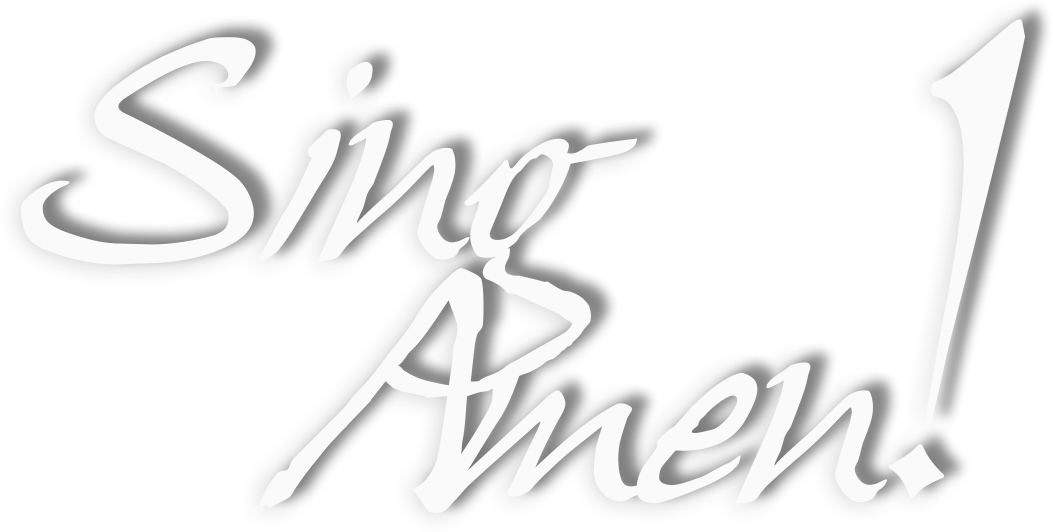
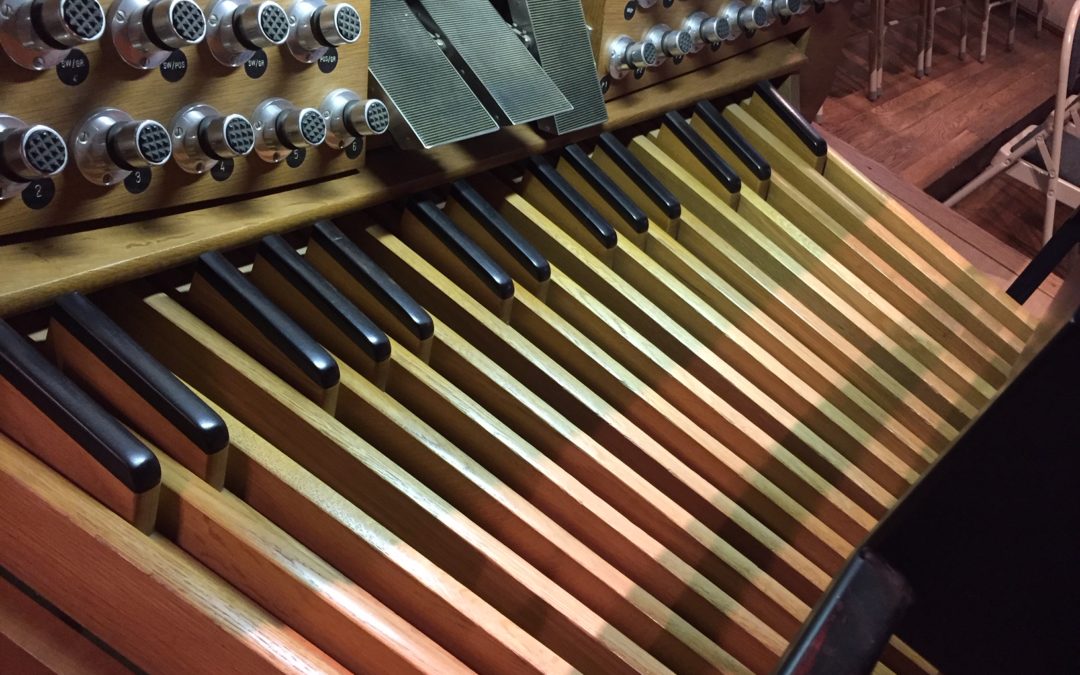
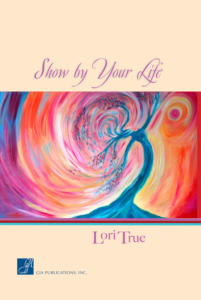
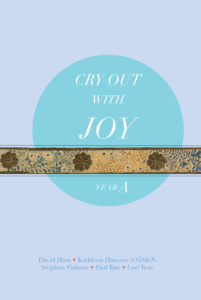
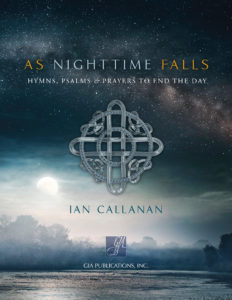
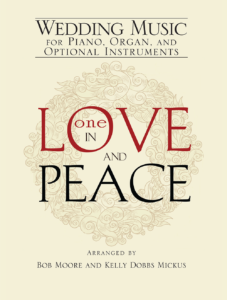
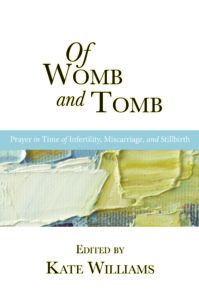
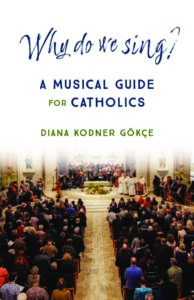
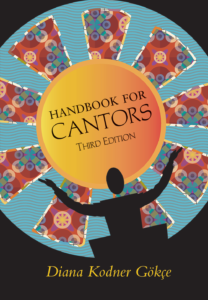
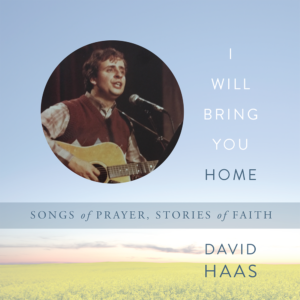
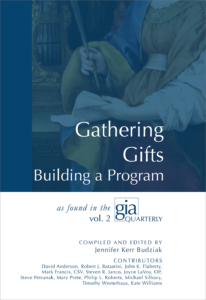
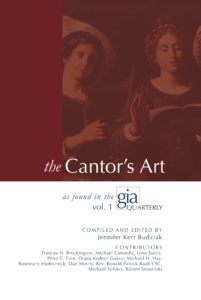
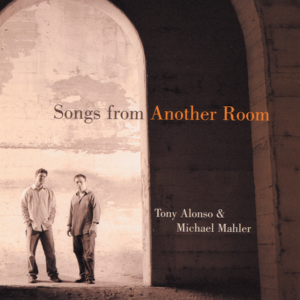

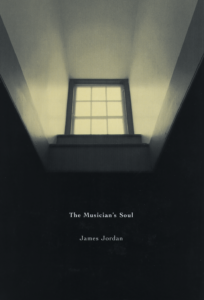

A simular registration is required for the third verse of Weckmann’s “O lux beata trinitas”, which has a comparable structure – “the discant and alto lines on a soft 8 foot stop, the chorale in the Pedal, say, Trompete 8?, and the bass line, left hand on the Trompete 16?” (57). Another piece suited to the sort of registration referred above by Johann Kortkamp is the third verse of Jacob Praetorius’s setting of “Was kann uns kommen an fur Not”.